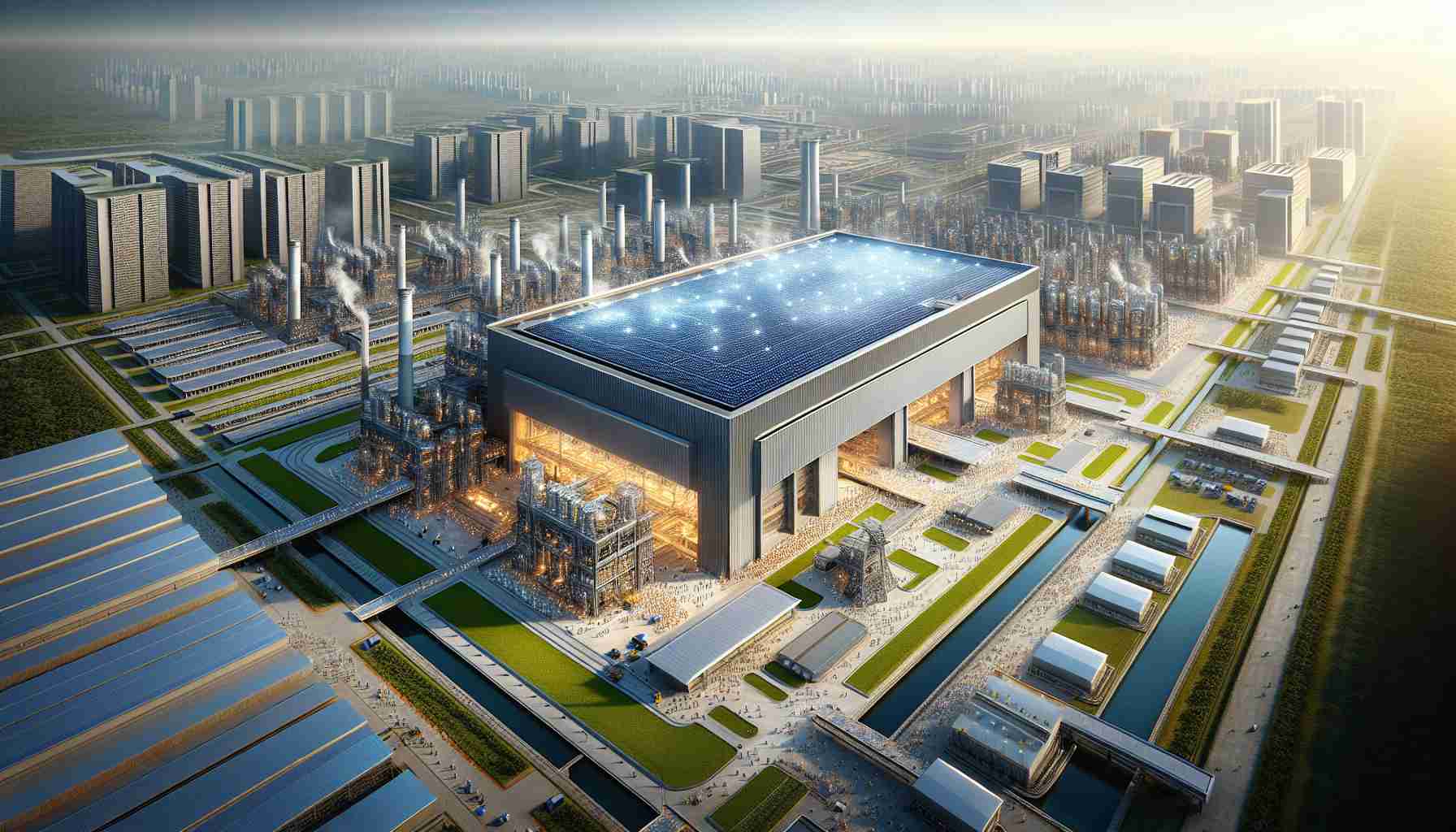
A groundbreaking energy facility has just opened in eastern China, promising to reshape the renewable energy landscape. This state-of-the-art photovoltaic and hydrogen park is a significant step toward sustainable power production.
Located in Rudong County, Jiangsu Province, this revolutionary project, spearheaded by Guohua Energy Investment Co., Ltd., represents the largest of its kind in China. Officially inaugurated on December 31, 2024, the facility integrates photovoltaic power generation with hydrogen production, storage, and refueling capabilities.
Spanning approximately 287 hectares and boasting an impressive installed capacity of 400 megawatts, the Rudong energy park features a sophisticated 220 kV booster station and a substantial energy storage system designed to store up to 120 MWh. Additionally, it includes a hydrogen production station capable of generating 1,500 standard cubic meters of hydrogen per hour.
When fully operational by 2025, this facility is projected to produce an astonishing 468 million kilowatt-hours of electricity annually. The environmental impact is equally impressive, with an estimated reduction of over 309,000 tonnes of carbon dioxide emissions each year. This project not only marks a significant leap for green energy technology but also paves the way for a cleaner, more sustainable future for energy consumption in China.
With its advanced technology and strategic design, the Rudong project exemplifies how innovative approaches can enhance energy efficiency while promoting ecological preservation.
Transforming Energy Production: China’s Revolutionary Photovoltaic and Hydrogen Park
Introduction
A groundbreaking energy facility has just opened in eastern China, poised to reshape the renewable energy landscape. This state-of-the-art photovoltaic and hydrogen park is a significant step toward sustainable power production.
Location and Significance
Located in Rudong County, Jiangsu Province, this revolutionary project, spearheaded by Guohua Energy Investment Co., Ltd., is the largest of its kind in China. Officially inaugurated on December 31, 2024, the facility integrates photovoltaic power generation with hydrogen production, storage, and refueling capabilities, marking a milestone in the nation’s clean energy initiatives.
Facility Specifications and Features
Spanning approximately 287 hectares, the Rudong energy park boasts several cutting-edge features:
– Installed Capacity: With an impressive installed capacity of 400 megawatts, the facility is designed to meet rising energy demands while advancing sustainability.
– Energy Storage System: It includes a robust energy storage system capable of storing up to 120 MWh, ensuring energy availability even during peak usage times.
– Hydrogen Production: The hydrogen production station can generate 1,500 standard cubic meters of hydrogen per hour, positioning it as a key player in the hydrogen economy.
Projected Impact
When fully operational by 2025, the facility is expected to produce an astonishing 468 million kilowatt-hours of electricity annually. This substantial output contributes significantly to reducing reliance on fossil fuels and enhances the overall energy mix in China.
Environmental Benefits
The environmental impact of this facility is equally noteworthy. It is estimated to reduce over 309,000 tonnes of carbon dioxide emissions each year, underscoring its role in combating climate change. By leveraging advanced renewable technologies, the Rudong project exemplifies how innovative approaches can enhance energy efficiency while promoting ecological preservation.
Investment and Economic Insights
With investments in renewable energy on the rise, the Rudong energy park represents a trend toward large-scale energy projects that combine various sustainable technologies. As China continues to transition towards greener energy solutions, this facility serves as a vital component of the national strategy to achieve carbon neutrality by 2060.
Use Cases and Future Applications
The energy produced by the Rudong facility can have diverse applications, ranging from powering residential and commercial buildings to fueling hydrogen vehicles. The integration of such technologies paves the way for a cleaner, more sustainable future for energy consumption in China and potentially around the globe.
Conclusion
The Rudong photovoltaic and hydrogen park is not just a technological marvel but a transformative step towards a sustainable energy future. As more such facilities are developed, the renewable energy landscape is set to expand, providing cleaner, greener solutions to energy needs.
For further insights into renewable energy initiatives in China, visit China Energy.



